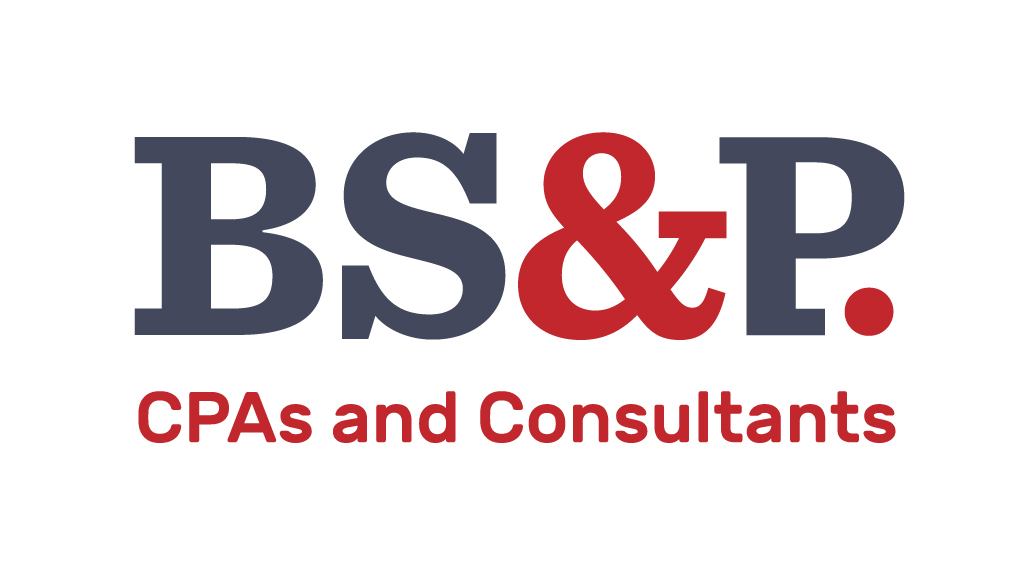The Consolidated Appropriations Act (CAA) changed some of the provisions under the CARES Act, including the employee retention credit (ERC), a refundable payroll tax credit. The ERC is allowed against the employer’s share of Federal payroll taxes and is claimed on Form 941 or Form 7200.
Employee Retention Credit under the CARES Act
Under the CARES Act, the ERC is available to employers that satisfied one of two criteria:
- Their trade or business operations were fully or partially suspended due to a government order limiting commerce, travel, or group meetings due to COVID-19 during at least one quarter of 2020.
- Their gross receipts declined more than 50 percent in any quarter of 2020 relative to the same quarter in 2019.
Under the CARES Act, employers with more than 100 full-time employees in 2019 are eligible for the credit for wages paid to employees who are not providing services due to suspension or slowdown of business. Employers with 100 or fewer full-time employees in 2019 are eligible for the credit for wages paid to employees during the period operations were suspended or the period of the decline in gross receipts. Expenses that qualify for the credit also include amounts paid or incurred by an employer to provide and maintain a group health plan.
For employers who qualify for the ERC in 2020, the credit equals 50 percent of eligible wages paid in that quarter, up to $10,000 per employee, per year. For eligible employers, the maximum credit that can be claimed in 2020 is $5,000 per employee.
There are a few additional factors to consider regarding eligibility for the credit:
- If the employer qualifies because of a government order, qualified wages only include those paid during the government-imposed shut down.
- If the employer qualifies because of a greater than 50 percent decline in gross receipts, qualification for the ERC continues until the fiscal quarter after business receipts returned to at least 80 percent of what they were during the same fiscal quarter of 2019.
- All entities that are treated as a single employer under sections 52(a), 52(b), 414(m) or 414(o) of the Internal Revenue Code are considered one employer for purposes of the ERC. Members of these aggregated groups or affiliated service groups must combine their gross receipts to determine when and if they qualify for the credit.
Changes to the Employee Retention Credit Under CAA
The CAA extends the timeframe in which eligible wages can be paid to July 1, 2021, and expands the current credit as follows:
- The credit rate is increased from 50% of qualified wages paid in 2020 to 70% of qualified wages paid in 2021, and the limit for qualified wages is increased from $10,000 per employee per year in 2020 to $10,000 per employee per quarter in 2021. Therefore, employers who qualify for the ERC in 2021 can receive a maximum credit of $7,000 per employee per quarter, up to $14,000 total.
- Eligibility for the credit is expanded by reducing the required decrease in quarterly gross receipts from 50 percent to 20 percent. Employers can make this determination by comparing gross receipts to the same quarter of 2019 or by comparing the preceding quarter to the same quarter of 2019.
- Employers who receive or received a PPP loan will qualify for the credit with respect to wages that are not used toward PPP loan forgiveness. This provision of the CAA was made retroactive to 2020, allowing PPP borrowers to amend their previously-filed Forms 941 to claim the credit for 2020.
- The applicable number of employees in the rules under the CARES Act have been increased from 100 to 500 employees. This will permit employers who had 500 or fewer full-time employees in 2019 to take the credit for wages paid to employees who continue to perform services, provided they meet the other requirements.
- With certain limitations, businesses with 500 or fewer employees in 2019 are permitted to take an advance of the credit.
- Employers who were not in existence for all or part of 2019 will be allowed to claim the credit.
Please contact our firm with any questions on how this could affect your business.
